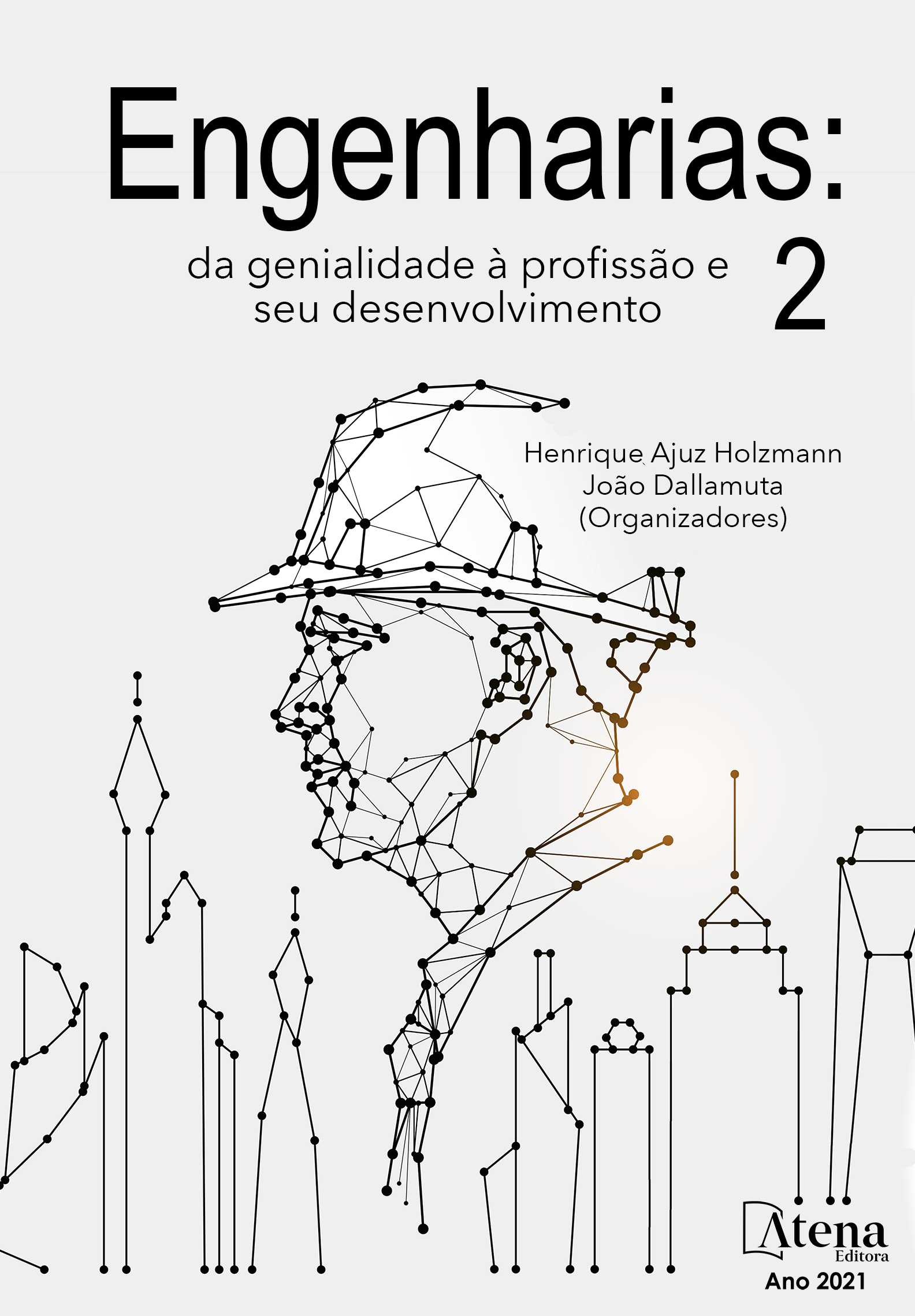
APLICAÇÃO DO DESACOPLAMENTO ENTRE MALHAS DE CONTROLE EM REATOR CONTÍNUO DE TANQUE AGITADO (CSTR)
No presente trabalho, foi desenvolvida a simulação referente a um Reator Contínuo de Tanque Agitado (CSTR), ao qual foram aplicadas perturbações de diferentes magnitudes nas variáveis de entrada. Observou-se o comportamento transiente do sistema e efetuou-se a sintonia de um Controlador PI. Em seguida, aplicaram-se ao processo elementos dinâmicos denominados desacopladores, os quais visam à atenuação da interferência entre as malhas em um sistema de controle automático. Executado o controle multivariável através do desacoplamento entre as malhas, das variáveis temperatura e concentração de reagente, foram verificadas as respostas do processo e a obtenção de resultados de precisão significativa utilizando um software de simulação gratuito. Concluiu-se que, em geral, todos os controladores apresentaram desempenho satisfatório, excetuando aquele com as malhas totalmente desacopladas. Logo, para a operação analisada, há dependência das duas variáveis manipuladas, corrente de alimentação e calor retirado, para o ajuste preciso das variáveis controladas.
APLICAÇÃO DO DESACOPLAMENTO ENTRE MALHAS DE CONTROLE EM REATOR CONTÍNUO DE TANQUE AGITADO (CSTR)
-
DOI: 10.22533/at.ed.2462118119
-
Palavras-chave: Simulação, Reator CSTR, Controle, Desacoplamento
-
Keywords: Simulation, CSTR reactor, Control, Decoupling
-
Abstract:
In the present work, a simulation of a Continuous Agitated Tank Reactor (CSTR) was developed, to which perturbations of different magnitudes were applied to the input variables. The transient behavior of the system was observed and a PI Controller was tuned. Then, dynamic elements called decouplers were applied to the process, which aim to attenuate the interference between the meshes in an automatic control system. After performing the multivariable control through the decoupling between the meshes, the temperature and reagent concentration variables, the responses of the process and the obtaining of results of significant precision were verified using a free simulation software. It was concluded that, in general, all controllers presented satisfactory performance, except for the one with fully uncoupled meshes. Therefore, for the analyzed operation, there is dependence of the two manipulated variables, supply current and removed heat, for the precise adjustment of the controlled variables.
-
Número de páginas: 16
- Emilly Damiani Nunes Prates
- Saulo Fernando dos Santos Vidal
- Mário Luiz Pereira Souza


